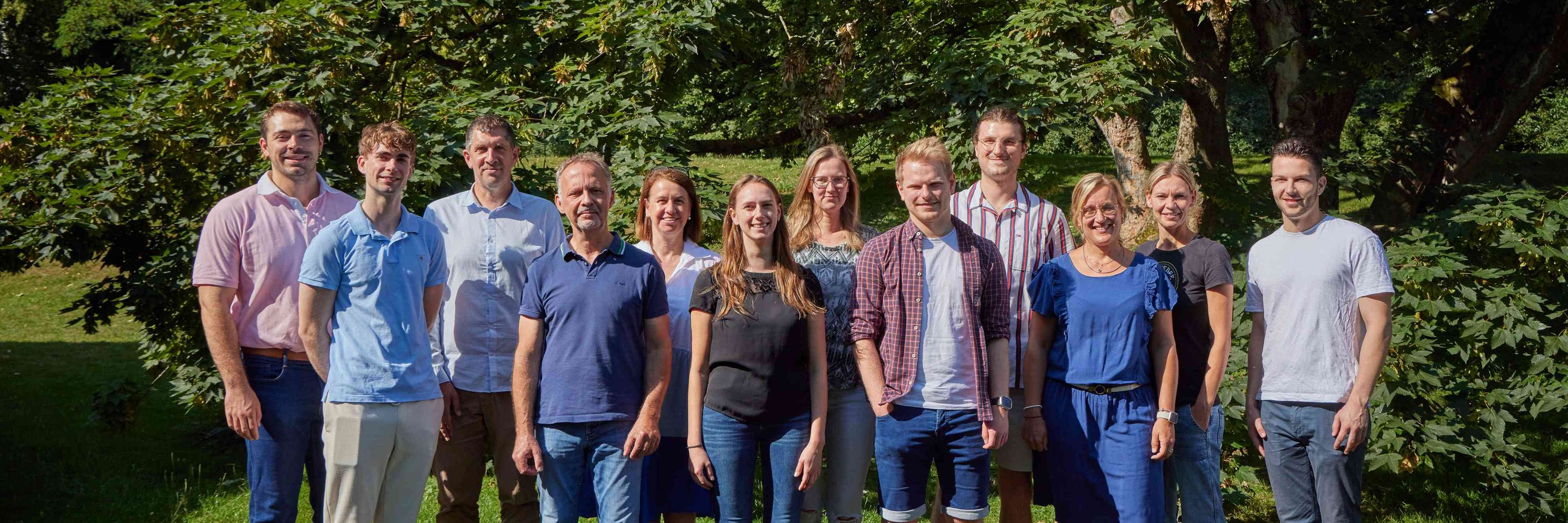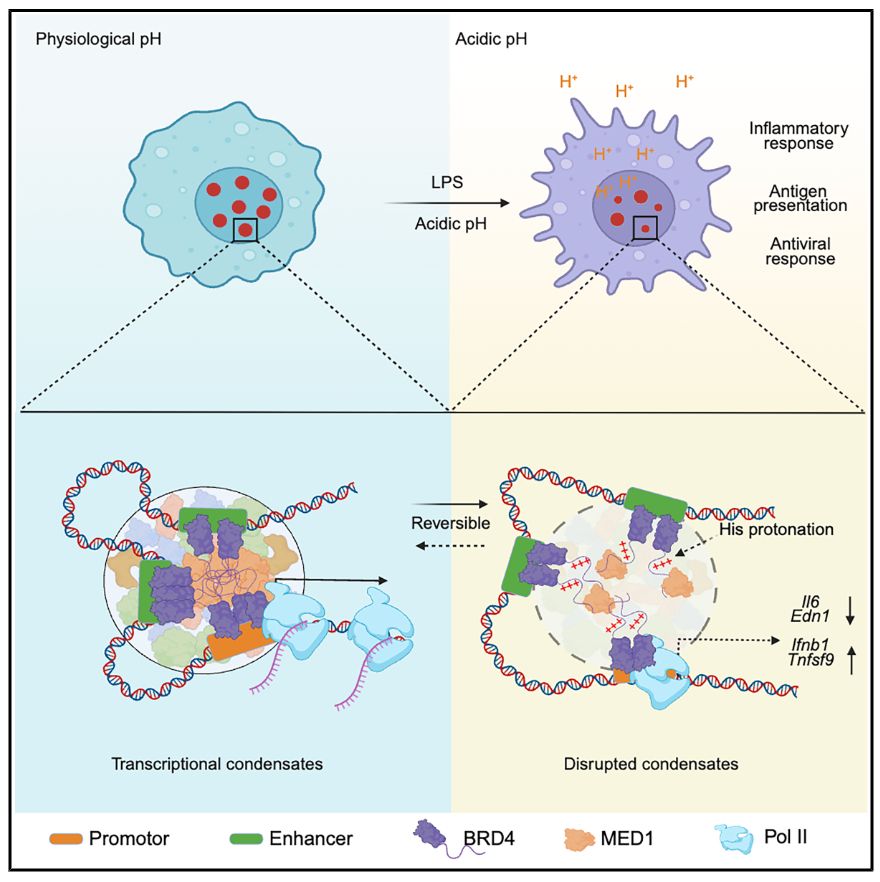
#pharmacology #signaling #immunopharmacology #innateimmunity #inflammation #autophagy
#Inflammasome

www.jci.org/articles/vie...

www.jci.org/articles/vie...

www.nature.com/articles/s41...

www.nature.com/articles/s41...
© G. Hübl, V. Lannert, M. Thürbach/ECONtribute, J. F. Saba/UKB, S. Wegener/ML4Q; N. Wietrich

© G. Hübl, V. Lannert, M. Thürbach/ECONtribute, J. F. Saba/UKB, S. Wegener/ML4Q; N. Wietrich


New work by Valerij Talagayev, Gerhard Wolber and me using tauRAMD to characterize unbinding paths of TLR8 agonist and antagonists. Interestingly, some ligands showed clear path preference:...
chemrxiv.org/engage/chemr...

New work by Valerij Talagayev, Gerhard Wolber and me using tauRAMD to characterize unbinding paths of TLR8 agonist and antagonists. Interestingly, some ligands showed clear path preference:...
chemrxiv.org/engage/chemr...





pubs.acs.org/articlesonre...

pubs.acs.org/articlesonre...
www.science.org/doi/10.1126/...

www.science.org/doi/10.1126/...
rupress.org/jem/article/...
Our amazing PhD student @lbernaleau.bsky.social shows that CCDC134 controls TLR biogenesis through the ER-chaperone Gp96. #ImmunoSky #innateimmunity #inflammation
Quick summary here:
rupress.org/jem/article/...
Our amazing PhD student @lbernaleau.bsky.social shows that CCDC134 controls TLR biogenesis through the ER-chaperone Gp96. #ImmunoSky #innateimmunity #inflammation
Quick summary here:
SurfDock: a surface-informed diffusion generative model for protein–ligand docking excels in accuracy, generalizability, and flexible ligand handling. It identified 7 novel ALDH1B1 inhibitors, showcasing its drug discovery potential.
nature.com/articles/s41...
Preprint: biorxiv.org/content/10.1...

SurfDock: a surface-informed diffusion generative model for protein–ligand docking excels in accuracy, generalizability, and flexible ligand handling. It identified 7 novel ALDH1B1 inhibitors, showcasing its drug discovery potential.
nature.com/articles/s41...
Preprint: biorxiv.org/content/10.1...

www.science.org/doi/10.1126/...

www.science.org/doi/10.1126/...
We are looking for top candidates for a PhD on #immunomodulation of ‘cryptic’ host defense #peptides. Join #GRK2873 @unibonn.bsky.social @UKBonn 🧪 #PhD #Pharmacology #InnateImmunity #DFG
Project starts Oct 2025. Let's connect!
👇
www.grk2873.uni-bonn.de/en/training-...
We are looking for top candidates for a PhD on #immunomodulation of ‘cryptic’ host defense #peptides. Join #GRK2873 @unibonn.bsky.social @UKBonn 🧪 #PhD #Pharmacology #InnateImmunity #DFG
Project starts Oct 2025. Let's connect!
👇
www.grk2873.uni-bonn.de/en/training-...
www.cell.com/immunity/ful...

www.cell.com/immunity/ful...
#inflammasome #Inflammation #PROTACs #DrugDiscovery

#inflammasome #Inflammation #PROTACs #DrugDiscovery


